Compulab fitlet-XA10-LAN Review: A Fanless AMD UCFF PC for Networking Applications
by Ganesh T S on April 19, 2016 8:00 AM EST- Posted in
- Systems
- Networking
- AMD
- Fanless
- Industrial PC
- Passive Cooling
- CompuLab
Power Consumption and Thermal Performance
The power consumption at the wall was measured with a 1080p display being driven through one of the HDMI ports. In the graphs below, we compare the idle and load power of the CompuLab fitlet-XA10-LAN with other low power PCs evaluated before. For load power consumption, we ran Furmark 1.12.0 and Prime95 v27.9 together.


Given that these numbers were run with a USB 3.0 flash drive attached and active (that typically adds 2 - 3W), the Compulab fitlet-XA10-LAN is actually quite power efficient. These numbers must also be considered against the fact that the unit's BIOS was configured for maximum performance.
Our thermal stress routine starts with the system at idle, followed by 30 minutes of pure CPU loading. This is followed by another 30 minutes of both CPU and GPU being loaded simultaneously. After this, the CPU load gets removed, allowing the GPU to be loaded alone for another 30 minutes. The various clocks in the system as well as the temperatures within the unit are presented below for the two systems that were evaluated this way - the version with the heat sink and the black version with the new coating.
We find the frequency characteristics of both samples to be equivalent. This shows that both configurations are good enough to pass our thermal stress routine without throttling of any kind. However, the internal temperatures are much more interesting as an indicator of the efficiency of the thermal solution.
Both solutions are capable of keeping the SoC temperature below the 90C junction temperature point. However, it is clear that the heat-sink version is more efficient compared to the new black version. However, one should keep in mind that the black version with the new coating has a smaller overall footprint compared to the heat-sink version.
Another important aspect to keep note of while evaluating fanless PCs is the chassis temperature. Using the Android version of the FLIR One thermal imager, we observed the chassis temperature after the CPU package temperature reached the steady state value in the above graph. The efficiency aspect is also revealed in the maximum chassis temperatures. For the heat-sink version, we have a maximum value of around 62C, while the new coating version (black) has a maximum value of around 68C.
We have additional thermal images in the two galleries below.


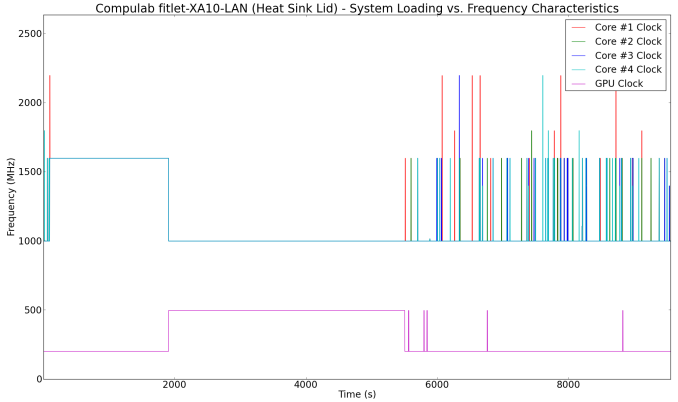
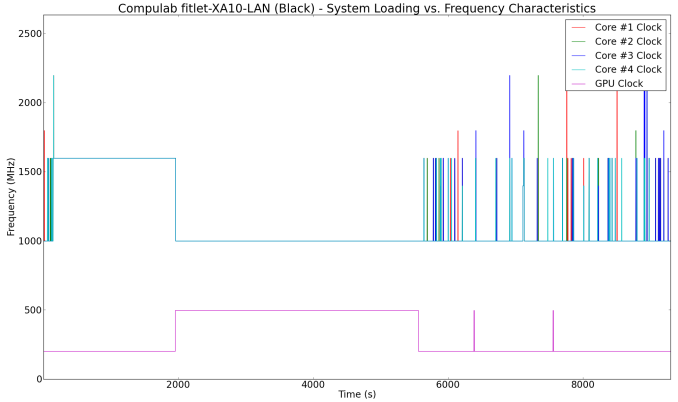
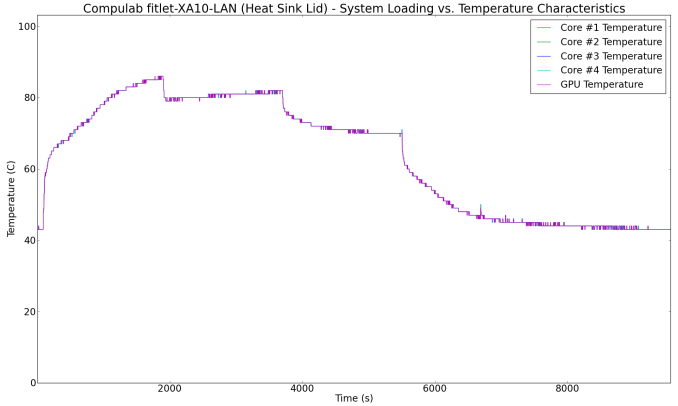
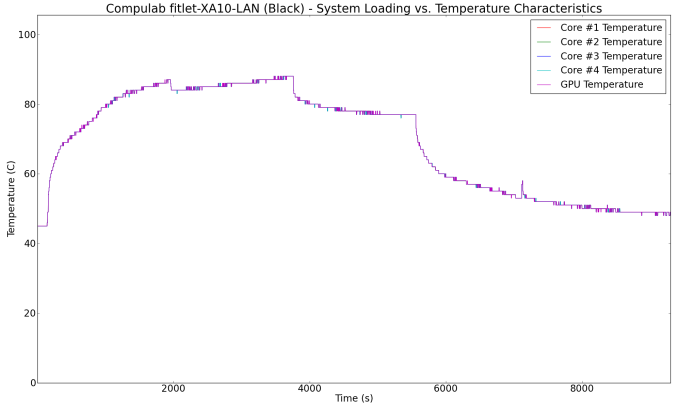

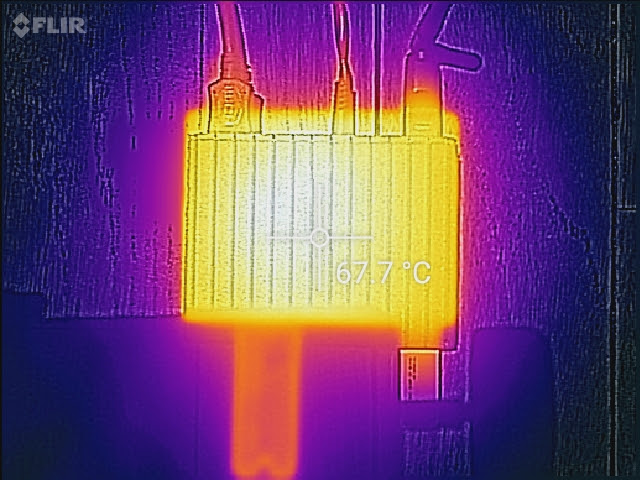




















50 Comments
View All Comments
Stuka87 - Tuesday, April 19, 2016 - link
I don't have each side by side to compare. But the 2c4 has intel NICs, and performs very well for me. I have not tried line rates, but I have pushed around 250 Mbps without issue. CPU usage was still very low.Rocket321 - Tuesday, April 19, 2016 - link
While I understand using TrueCrypt may be a useful metric for benchmarking, it would be good to include a disclaimer letting folks know it is no longer suitable for production use.Per the project home page:
Using TrueCrypt is not secure as it may contain unfixed security issues.
You should migrate any data encrypted by TrueCrypt to encrypted disks or virtual disk images supported on your platform.
extide - Tuesday, April 19, 2016 - link
While it is no longer being developed, it didn't suddenly become un-secure. In any case, VeraCrypt has pretty much picked up from where TrueCrypt left off.Lazn_W - Tuesday, April 19, 2016 - link
For my money, a quick search on Amazon for Mini PC will find a TON of Intel based small fanless alternatives, anywhere from fully decked out Celeron J1900 up to bare bones Core I7 for that kind of money.ganeshts - Tuesday, April 19, 2016 - link
Which one of them has 4 GbE LAN ports? I would like to compare apples to apples, and I am obviously interested in see what the other options in the market are.Lazn_W - Tuesday, April 19, 2016 - link
Lots of them, here is one from a 2 second search: http://www.amazon.com/Jetway-NF9N-2930-Fanless-Net...Lazn_W - Tuesday, April 19, 2016 - link
And another: http://www.amazon.com/Kettop-Mi19L-Processor-Graph...ganeshts - Tuesday, April 19, 2016 - link
oh, but footprint is nowhere close to that of the fitlet-XA10-LAN. One is a proper mITX, the other seems slightly bigger than a standard NUC.That is why I mention in the review that it is not easy to get something in the form factor of the fitlet-XA10-LAN and still get 4 LAN ports.
Lazn_W - Tuesday, April 19, 2016 - link
The 2nd one I linked is smaller.Death666Angel - Wednesday, April 20, 2016 - link
This one http://www.amazon.com/Kettop-Mi19L-Processor-Graph... ?Smart design (134 * 126 * 47 mm )
vs the review unit 108 x 83 x 24
Yours is over twice as tall, 50% deeper and 30% wider adding up to over 3 times the volume.